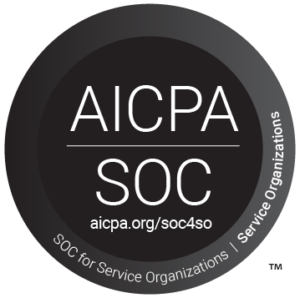Background
This is a companion piece to our other post on TikTok and potential security concerns with SAP. The geopolitical background issues are the same. China has a history of corporate and other espionage and a history of inserting its interests into the affairs of corporate entities, even technically private ones, at home. It is also the world’s most developed surveillance state, and recently, it and the United States have been increasingly at odds on a variety of issues.
Unlike TikTok, Zoom is not headquartered in China. Its owner, Eric Yuan is originally from China, but moved to the United States in 1997.
The Rise of Zoom
As most people now know, Zoom has been one of the greatest beneficiaries of CoVid lockdowns, seeing an almost twentyfold rise in usage over the past year. People isolating to slow the spread of ‘the virus’ have flocked to the platform for social and work purposes. The subsequent discovery by many workers (and some businesses) that much of what they do doesn’t depend on their being on-site has contributed to its continued expansion. Lots of educational institutions and social services and primary medical services have adapted to employ video as well.
The ease with which Zoom can be accessed and its full but intuitive feature set have spurred its widespread adoption, but that same broad suite of functionalities and ease of access have made it a broad target for hackers and other online bad actors.
The Problematic History
There have been a series of security issues with Zoom that are, perhaps, not surprising given the nature of the platform. Early on, many people using the platform were declining to use the password option, which gave an opening to bombers and grifters to bust in to meetings and wreak havoc. In one infamous example, a major university’s graduation, held online because of CoVid, was interrupted with racial invectives. The platform has been used for information scraping, malware injection, password stealing, and just about anything else a hacker might want to do. At one point, Zoom partnered with a Chinese firm to generate cryptographic keys, which threw up warning signs among politicians and security experts. Additionally, Zoom agreed to de-platform several well-known Chinese dissidents at the request of the Chinese Communist Party (CCP).
The list of exploits and possible vulnerabilities is very long, and you can read about them in depth in this excellent compilation at Tom’s Guide. The most problematic thing about Zoom, though, has been its lack of candor at times, for instance claiming to have inaugurated end-to-end encryption when it hadn’t done so. In response to various criticisms, Zoom has taken steps to mitigate its vulnerabilities, but very few of these steps seem, from an outside perspective, to have been taken proactively. A variety of alternatives to Zoom are available. If you share sensitive information on such a platform, you might be better off to look elsewhere until Zoom has established a more robust security track record, and this is probably more likely to be true of businesses that employ SAP services than those that do not. Zoom’s vulnerabilities make it not just problematic in view of the Chinese, but also corporate espionage, sabotage, and sundry black-hat exploits. As with TikTok, your vulnerability profile will depend entirely on the potential value of the information that you share to those who shouldn’t have it.




